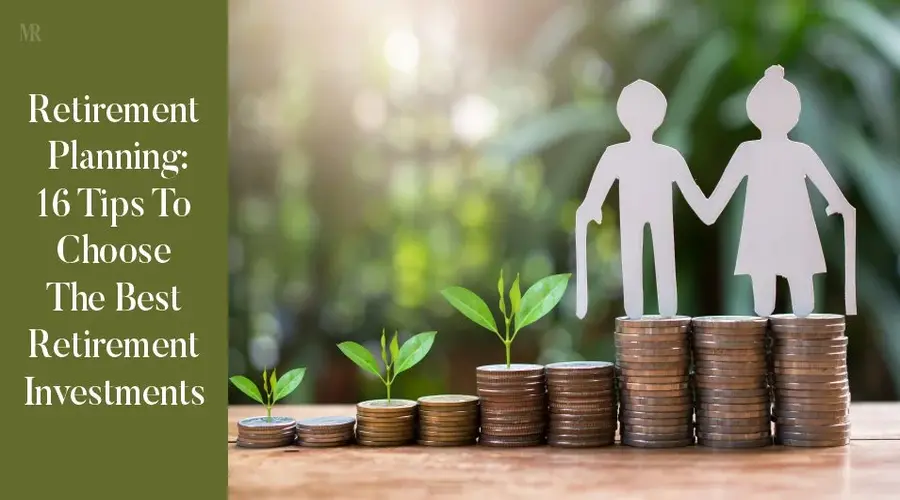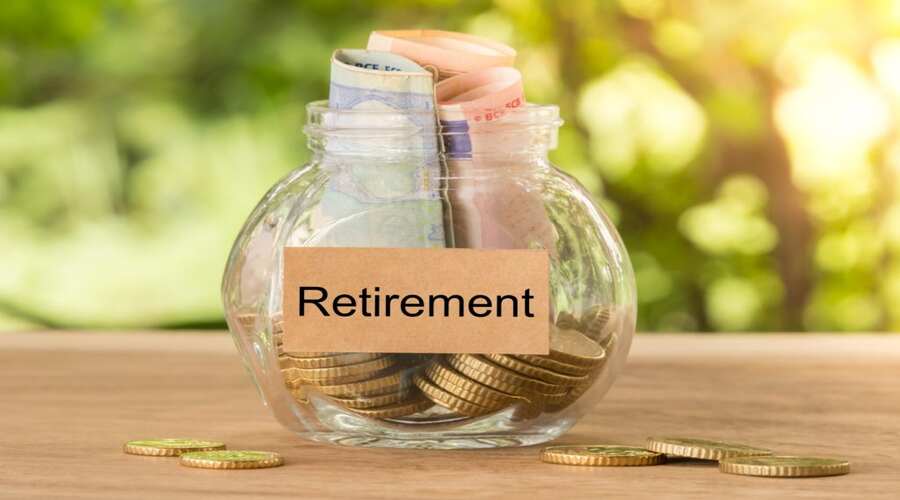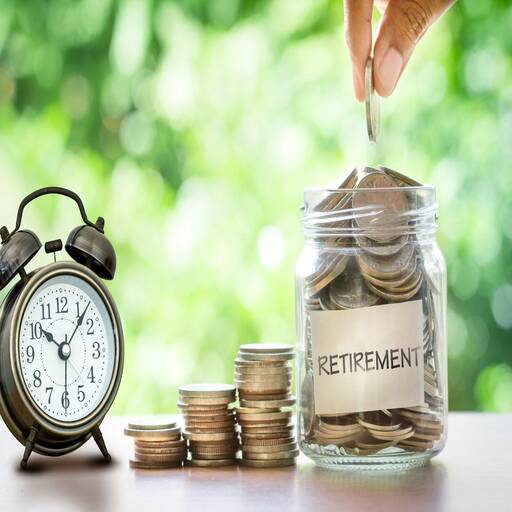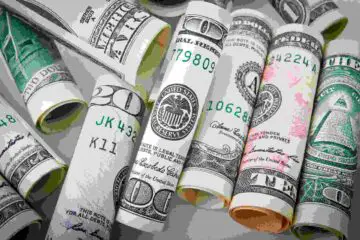Introduction
A few days ago, I read an article in the newspaper about retirement investments. The most intriguing point mentioned in the article was this: “Every person should know exactly how much money they are chasing. If you don’t know this, it’s like running a race without knowing where the finish line is or when the race will end.”
This situation is quite common when it comes to money. If you ask someone this question, you’ll usually get vague answers. People will talk about millions and billions, but very few have a clear idea of how much is enough and when to stop. Most people spend their entire lives chasing money without ever taking the time to truly enjoy life.
In my opinion, everyone should be aware of their financial goals—how much money they actually need to live the life they want and when they can stop chasing money. There should be a clear point where, through savings and investments, they reach financial independence and can retire. After that, they can start a new phase of life where they no longer work for money. In this new life, you wake up in the morning not thinking about going to the office or working again, but living life for yourself.
In this blog, we will attempt to calculate that number—how much money is enough—and understand how to get there with practical examples. We will discuss where and how to invest and save so that you can retire and begin this new chapter of life.

Definition of Retirement and Retirement Investment
The most important thing is to understand what retirement truly means for us—what position, condition, or state we define as retirement. Until the year 2000, retirement typically meant that people would retire from their jobs by the age of 60 and live the rest of their lives enjoying their savings, pensions, or returns from any investments they had made.
but the definition of retirement has evolved over time. Today, retirement essentially means that your investments, savings, or assets generate enough income for you to live comfortably without needing to work for money. It’s about reaching a state where the returns from your financial resources can support you, allowing you to fully enjoy your remaining life.
This doesn’t mean you stop working altogether or disengage from professional activities. Rather, it means you stop working solely for money. If there’s a job or activity that gives you mental happiness or satisfaction, you’ll still choose to do it, but the financial aspect—how much you earn from it or even whether you earn anything at all—will no longer matter to you.
Investment Plan for Retirement
Let’s start by assuming that we are 25 years old and plan to work for another 25 years, retiring at the age of 50. After that, we want to live the rest of our lives on our own terms, without having to work for money. For the next 35-40 years after retirement, we’ll rely on the returns from the retirement investments and assets we build during our working years. These investments will provide us with more money than our salary, and this is what we’ll call our retirement investment. Also Read
Some Starting Assumptions for Planning Retirement Investments
Existing Savings:
Let’s assume you have no significant savings, such as gold, shares, or other investments. While this may not be true for everyone, many people start with zero, so we’ll use that as a baseline.
How Much Can We Invest for retirement?
Next, we need to determine how much we can invest every month. Let’s assume we can invest $600 monthly. This number may vary for different individuals. Generally, you should aim to invest 20% of your monthly income or more, depending on what works for you.

How to Invest for Retirement
Now, let’s look at how to allocate the monthly retirement investment and any existing savings for retirement. For simplification, we’ll divide our retirement investments into four options, although you can customize them based on your preferences.
1. Fixed Return Assets
This category includes Fixed Deposits (FDs), Provident Funds (PFs), Employee Funds (EFs), Corporate Bonds, National Savings Certificates (NSCs), or any other asset that offers assured returns.
These are risk-free investments, but the Return on Investment (ROI) is generally low. Let’s assume a return of 7% annually, with 30% tax deducted.
In my opinion, you should avoid such investments during your earning stage because they usually fail to beat inflation. However, you can consider them post-retirement as they offer stability. That said, if you prefer, you can still include them, as some NSCs or corporate bonds may offer decent returns.
2. Large-Cap Mutual Funds for retirement Investment
The next safe and reliable option for retirement investments is large-cap mutual funds, which invest in the top companies of the country. Historically, these have delivered a minimum of 13% annual returns.
After accounting for 20% long-term capital gains tax, we can allocate 40% of the $600 investment amount to large-cap funds for retirement purposes.
3. Medium-Cap Mutual Funds as retirement investment
Allocate 30% of the $600 to medium-cap funds, which typically generate 15% annual returns. After deducting a 20% long-term capital gains tax, medium-cap funds offer a good balance between risk and return.
4. Small-Cap Mutual Funds for retirementinvestment
The remaining 30% of the $600 should go into small-cap funds, which generally offer 18% annual returns. Like the other options, we assume a 20% long-term capital gains tax here as well.
Projected Returns
Based on these calculations, we’re investing $600 monthly and can expect an average annual return of 14-15% from our retirement investments. This figure accounts for taxes and is likely to increase over time as the return percentages grow.

Increasing the Retirement Investment Amount Over Time
Let’s assume your salary increases over time. To align with this, you can increase your investment amount by 5% annually. For example:
- In 2025, you invest $600.
- In 2026, you invest $630.
this adjustment is entirely up to you—you can choose to increase your retirement investment by 0%, 10%, or whatever percentage feels suitable for you and your financial goals.
By following this disciplined approach and gradually increasing your investments, you’ll be well-prepared to achieve your retirement goals.
What Will Be Our Expenses After Retirement?
Now, let’s look at how much we will need every month after retirement. Let’s assume that currently, our monthly expenses are $2,350, and we will need at least this amount every month after retirement. However, this amount will increase annually with 6% inflation.
Since we’re talking about the future, it’s obvious that unforeseen circumstances may arise. To account for this, we’ll also calculate an additional buffer for future expenses separately.
Investment Amount After Retirement
The investment strategy we followed during our earning period will change after retirement. Once we reach the age of 50, we will no longer want to work and won’t be able to afford high-risk investments.
After retirement, we will allocate 40% of the investment amount to fixed return assets, 40% to large-cap mutual funds, and 20% to medium-cap mutual funds. This adjusted strategy balances stability with moderate growth, ensuring a steady income while minimizing risk.
Calculations of Retirement Investment
Total Outcome of Retirement Investment
As per our plan, we will invest $7,200 annually across different investment zones. Additionally, we will increase this amount by 5% every year to account for salary growth. With an average annual return of 14.7%, you’ll be surprised to know that your total investment value will exceed $2,464,350 after 25 years!
Understanding the Amount
While this amount may sound very large today, it’s important to consider that in 25 years, the world will have changed significantly. Inflation and rising expenses will also impact the value of money.
So now, let’s analyze whether this amount will be sufficient to sustain our lifestyle after retirement or not.
Expenses After Retirement
As we assumed earlier, our current monthly expenses are $2,350, but with an annual 6% inflation rate, these expenses will increase significantly over the next 25 years.
After retirement, by the time we turn 50:
- Our monthly expenses will grow to approximately $9,400.
- This means our yearly expenses will amount to $112,400.

Calculation of Plan After Retirement to Invest
As planned earlier, the total amount from our retirement investment will be $2,464,350. From this, we will subtract one year’s expenses of $112,400, leaving us with $2,351,950.
We will then invest this remaining amount in the 40:40:20 ratio as planned:
- 40% in fixed return assets
- 40% in large-cap mutual funds
- 20% in medium-cap mutual funds
The Power of Compounding After Retirement
Here’s where things get interesting! Despite withdrawing $112,400 annually for your expenses, your total investment amount will not decrease. In fact, it will continue to grow every year due to the power of compounding.
This happens because we’re reinvesting the rest of the money, which grows at an average annual post-tax return of 11%.
Investment Growth Over Time
- By the time you reach 76 years of age, your investments will still be generating returns after covering your yearly expenses. At this point, your total investment amount will have grown to approximately $4.5 million.
- However, after this age, your investment value may slowly start to decline as the returns from your investments, inflation, and taxes will likely reach an equivalent balance.
Financial Freedom and Security
Even after this point, you will still have enough money to live comfortably and pursue whatever you wish. Your investments will have served their purpose, ensuring a financially secure and independent retirement.

Hope you found this blog insightful! Please share your thoughts in the comments below!
By Writer



